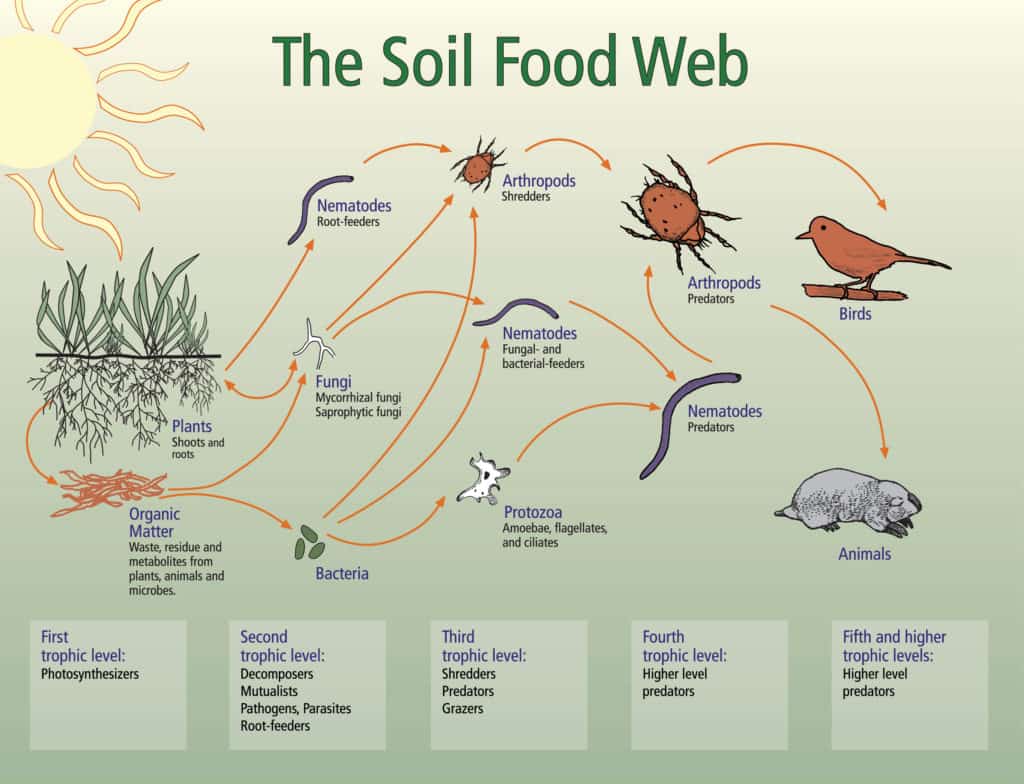Gardening for Health

Compost: The Foundation of Healthy Soils
No matter what you want to grow, building healthy soil must come first.
Whether you want to grow vegetables, flowers, or fruit you have to work on your soil every year. Start a good habit by composting now before the demands of the growing season start. If you get in the habit of composting your kitchen waste and reducing what goes to the landfill, it’s better for the environment and whatever you want to grow.
Composting is easy and requires a few basic principles. If the balance is good, there is no odor. You want to layer brown and green ingredients into a three-foot-high pile to start decomposition. Green materials include kitchen vegetable scraps, manure, grass clippings or any fresh plant matter. Layer this with brown materials such as straw, wood chips, brown leaves and even shredded newspapers or cardboard. You’ll make better compost if you run over your leaves with a lawnmower a few times. By composting, you reduce the volume of trash going to your curb and to a landfill.
Compost does decompose in the winter months, just at a slower pace. A barrel-like compost tumbler is a good tool for making compost.
The soil food web has three major activity groups that work in harmony to support each other. If one group fails, they all suffer. Bacteria and fungi feed on the exudates of plant roots, which are loaded with moisture and minerals. In turn, nematodes and protozoa feed on the bacteria and fungi. They also excrete nutrients for the plant roots. The protozoa and nematodes are then consumed by arthropods (insects). The food web continues with birds and other animals consuming the insects.
It’s an incredibly complex system that requires organic matter to make healthy soil. You also will not need as much fertilizer to grow your plants if you use compost. Chemical fertilizers contain salts that can hurt the organisms in your soil, so choose organic alternatives.
Add your compost to the soil every spring to nourish it. Plants will use all that rich organic matter for the photosynthetic process. There are more microorganisms in a teaspoon of healthy soil than there are people on the earth, according to the U.S. Department of Agriculture. The earth’s ecosystem is an interwoven network that includes what happens below our feet.
